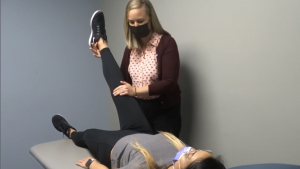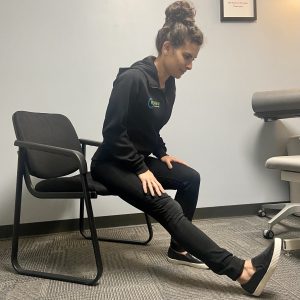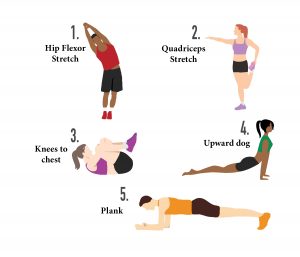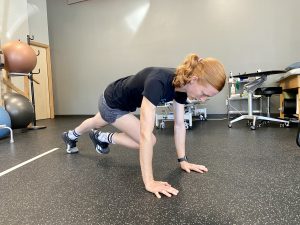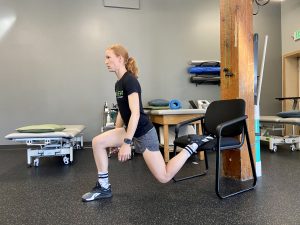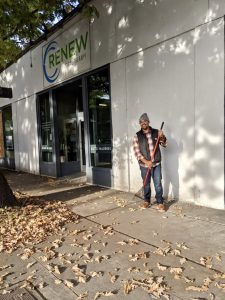Are you experiencing tightness or discomfort in your lower-back? Try taking a walk, suggests Seattle physical therapist Erik Norwood.
According to Norwood, owner of Renew Physical Therapy in Seattle, studies have shown walking to be effective in preventing, alleviating and even treating pain in the spine, a condition that according to the Centers for Disease Control and Prevention (CDC) will affect eight of 10 U.S. citizens in their lifetimes.
“The body craves movement and exercise, and walking can be like a wonder drug for some who experience stiffness and discomfort in their lower backs,” said Norwood. “Not only does it alleviate compression in the spine, but as a regular exercise, walking offers so many other health benefits – from losing weight and reducing blood pressure to warding off diseases like diabetes and osteoporosis.”
Such perspective is welcoming news during the long, warm days of summer in an area that hosts seemingly endless outdoor events and festivals.
“Walking is one of the easiest and most popular ways for people to exercise, and it doesn’t cost a thing,” said Norwood. “You don’t have to change into workout gear or head to the gym, and besides a good pair of shoes, you need no special equipment.”
And yet, the benefits are real. According to Norwood, a regular walking regimen can lead to:
Stronger Muscles: Stronger feet, legs, hips and core muscles will increase stability of the spine, keeping the body upright and balanced.
Healthier Spine: Walking improves circulation throughout the body, allowing the body to better hydrate and nourish the spine’s soft tissues while washing away toxins.
Better Flexibility & Posture: Along with regular stretching, walking helps increase the body’s range of motion. The promotion of better movement can lead to injury prevention.
According to a study published in The Spine Journal, walking also stimulate the brain into releasing serotonin and endorphins, neurotransmitter chemicals that make you feel better both mentally and physically. Coupled with the natural distractions within your surroundings – the “stop and smell the roses” aspect of your typical walk in the park – the study found a 10 to 50 percent reduction in low-back pain after just a single walk.
“However, if walking is painful or back pain makes it difficult to stand up and move around, it’s important to visit a physical therapist for a thorough pain assessment,” Norwood said. “While walking is great for preventing and alleviating discomfort, pain could be a sign of injury. A physical therapist can determine the source of your pain and put you on a path toward healing.”
